Leapmotor’s India Entry Confirmed: A New Chapter In India’s Electric Car Story
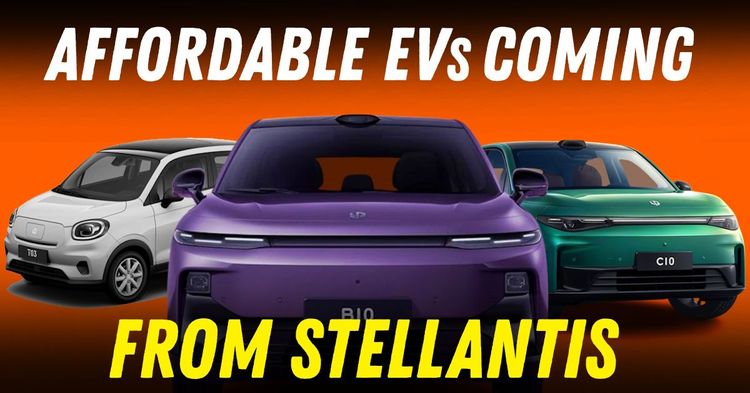

The Indian car scene has always loved a good twist. Over the last decade, the roads have seen everything from humble hatchbacks to luxury SUVs, but the real buzz lately is all about electric vehicles. Now, as the country’s appetite for clean, smart mobility grows, a new name is about to join the fray: Leapmotor. Backed by global auto giant Stellantis, Leapmotor’s official entry marks not just the arrival of another brand, but a signpost for where personal mobility in India is headed.
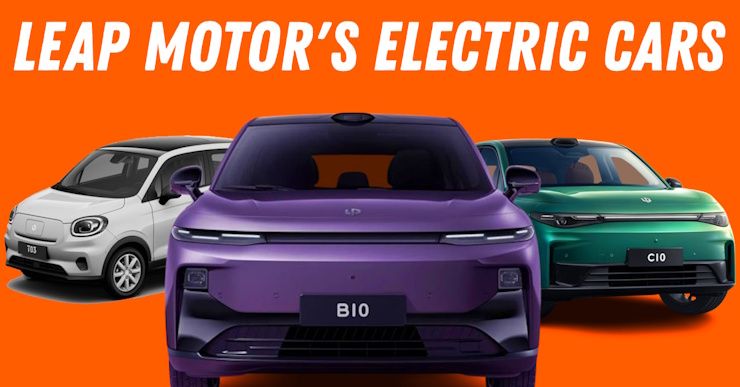
Leapmotor isn’t a household name yet, but its backer, Stellantis, certainly is. Stellantis already steers Jeep, Citroën, and Maserati here, and now Leapmotor becomes its fourth offering. The move is more than just expanding a portfolio; it’s a statement about Stellantis’ confidence in the potential for electric cars to reshape the way people move.
Leapmotor itself hails from Hangzhou, China, and has been on a rapid global climb since its founding in 2015. In 2024 alone, it delivered nearly 300,000 vehicles worldwide-doubling its previous year’s tally. This momentum is now set to spill onto Indian roads, with Stellantis aiming to bring in Leapmotor’s blend of technology, affordability, and sustainability.
Leapmotor’s approach is refreshingly direct: electric cars that don’t compromise on features, yet remain accessible. The brand’s current global lineup includes the T03 hatchback, B10 compact SUV, and C10 flagship SUV. Each model is designed to meet the needs of urban drivers, families, and tech enthusiasts alike.
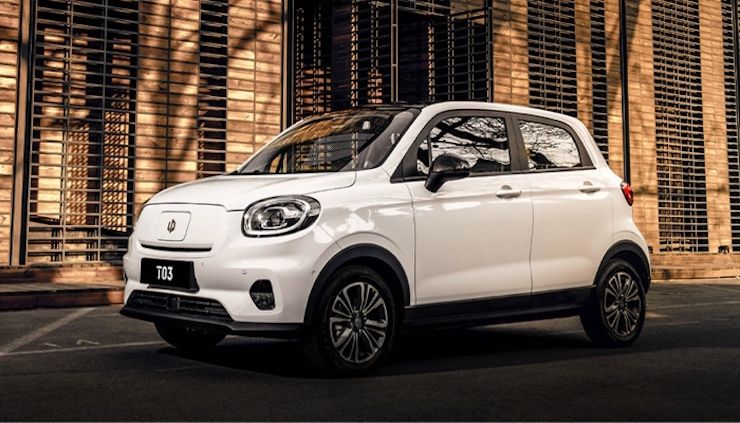
• T03 Hatchback: Compact, city-friendly, and loaded with features like a touchscreen infotainment system, sunroof, and minimalist dashboard. Its 37.3 kWh battery promises a range of up to 395 km (WLTP Urban), and fast charging means less waiting around. This model is widely expected to be Leapmotor’s opening act in India, aimed squarely at urban commuters who want something more than just a basic runabout.
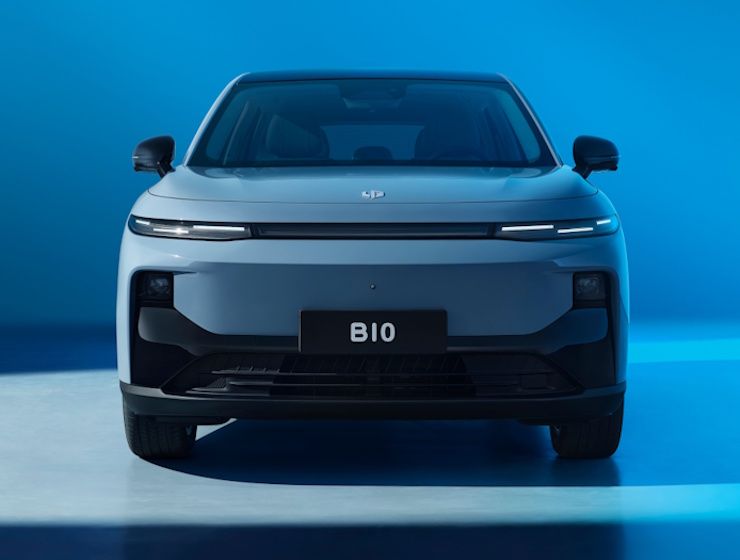
• B10 Compact SUV: Priced under $18,000 globally, the B10 brings advanced driver-assist features and even lidar technology, making it a strong contender in the value-driven SUV segment. It’s the kind of car that could shake up the market for families and young professionals looking for their first electric SUV.
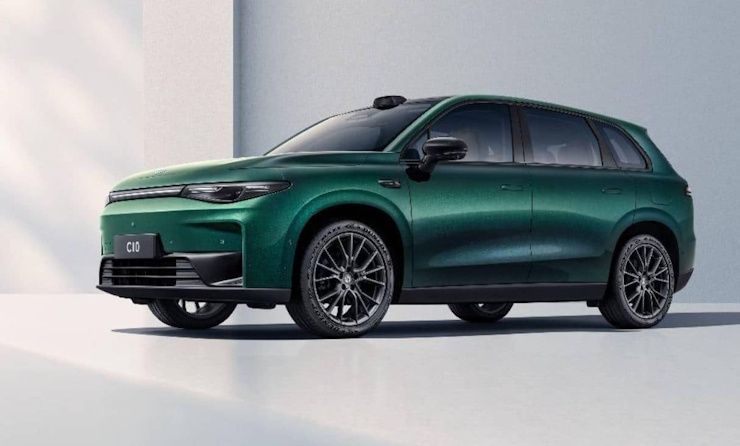
• C10 Flagship SUV: For those who want more space and range, the C10 offers up to 950 km in its range-extended version, blending electric power with the reassurance of a petrol engine for longer journeys.
The timing of Leapmotor’s entry is no accident. India is now the world’s third-largest car market, and the shift towards electric vehicles is gathering pace. Yet, electric cars still account for less than 1% of total vehicle sales. The gap between curiosity and actual adoption is wide, and price remains a major hurdle for most buyers.
Stellantis sees this as an opportunity. With a joint venture called Leapmotor International-where Stellantis holds a controlling stake-the plan is to use its existing manufacturing footprint, possibly even assembling Leapmotor cars locally. This could help keep prices competitive, sidestepping the steep import duties that have kept other global EV giants like Tesla at bay.
While there’s no official word yet on which Leapmotor models will launch first, industry watchers and sources suggest the T03 hatchback and C10 SUV are likely candidates. The T03, in particular, could go head-to-head with the Tata Tiago EV, while the C10 would take on the likes of the Hyundai Creta Electric and MG Windsor.
Stellantis’ CEO in India, Shailesh Hazela, has been clear about the ambition: to bring “premium EVs to India’s upwardly mobile consumers-vehicles that redefine modern driving with cutting-edge technology, comfort, and sustainability.” The plan is to introduce up to six Leapmotor models by 2027, starting with CKD (completely knocked down) assembly and potentially ramping up localisation if the business case supports it.
Leapmotor’s arrival is exciting, but it’s not without hurdles. The Indian market is famously tough-price-sensitive, brand-loyal, and demanding when it comes to after-sales service. Even Leapmotor’s CEO, Zhu Jiangming, has acknowledged the challenges, pointing out that profitability in India is hard-won, whether you’re selling smartphones or cars.
But Stellantis brings more than just financial muscle. Its existing dealer network, manufacturing plants, and local know-how offer a platform that many new entrants lack. By leveraging this infrastructure, Leapmotor can focus on what it does best: making electric cars that people actually want to drive, and real-world experience, will answer.
Leapmotor’s official entry is more than just another launch. It’s a sign that the EV march is gaining traction. For Indian drivers, it means more options, more innovation, and perhaps, a little more excitement every time they turn the key (or, more likely, press a button).
As the dust settles and the first Leapmotor cars hit the road, the real story will unfold-not just in showrooms, but in the everyday journeys of people ready to take the leap into electric mobility.